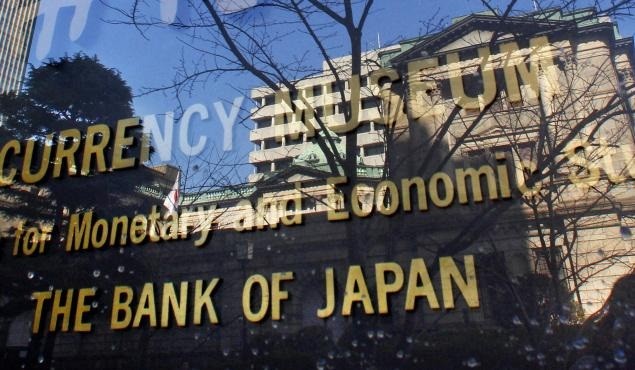Japan : Price expectations slide, keep BOJ under pressure

TOKYO : Japanese companies’ inflation expectations fell slightly in June from three months ago, the Bank of Japan’s tankan survey showed, adding to growing doubts over its argument that aggressive money printing will accelerate price growth to its 2 percent goal.
The data on inflation expectation came after Friday’s tankan sentiment survey showed business confidence was subdued in the second quarter, heightening pressure on the BOJ to roll out yet more stimulus to ease the pain from a strong yen.
Companies expect consumer prices to rise an average 0.7 percent a year from now, down 0.1 percentage point from three months ago and some way off the BOJ’s 2 percent target, the tankan survey on price expectations showed on Monday.
The survey underscores the challenges the BOJ faces in trying to achieve its 2 percent target by flooding the economy with cash, on hope that doing so would prompt companies and households to spend now rather than later on expectations that prices will rise in the future.
“The BOJ will probably have to cut its inflation forecasts again and in doing so may ease this month,” said Mari Iwashita, chief market economist at SMBC Friend Securities.
“But it’s hard to explain why further easing would help the economy, when bond yields are already so low,” she said.
The stiff challenge posed by the yen’s rise on exports and weak inflation have heightened market expectations that the BOJ will expand monetary stimulus at its next rate review on July 28-29.
Firms polled in the tankan said they expect consumer prices to rise an annual 1.1 percent three years from now, unchanged from the projection in March.
In five years’ time, companies expect consumer prices to rise an annual 1.1 percent, lower than a 1.2 percent increase projected in the previous survey.
The BOJ added negative interest rates in February to its massive stimulus program, under which it prints 80 trillion yen ($ 780.9 billion) a year to buy government bonds.
As a result of the aggressive money printing, Japan’s monetary base, or cash in circulation and deposits at financial institutions, rose to a record 404 trillion yen at the end of June, roughly 80 percent the size of its economy.
But the core consumer price index, which strips away the effect of volatile fresh food costs, fell 0.4 percent in May from a year earlier, marking the biggest drop since the BOJ deployed its huge asset-buying program in 2013.







